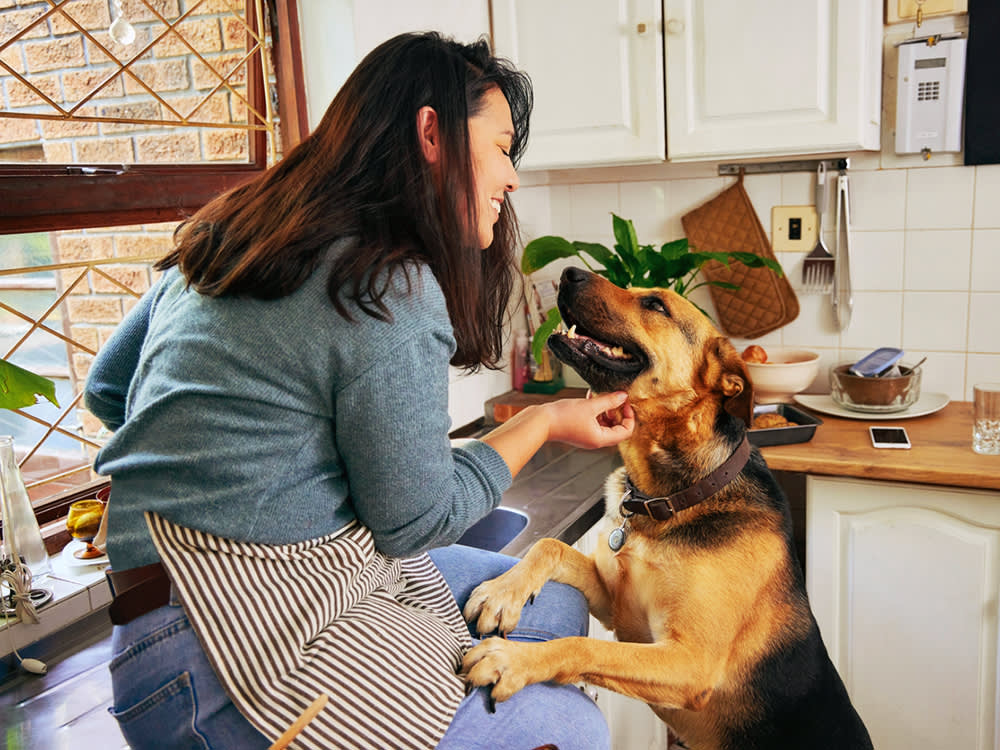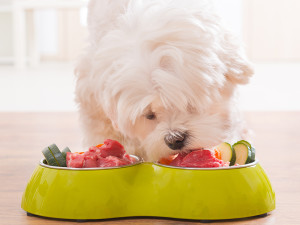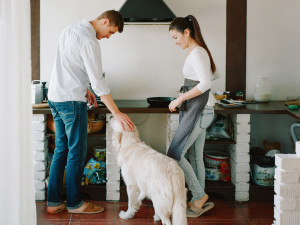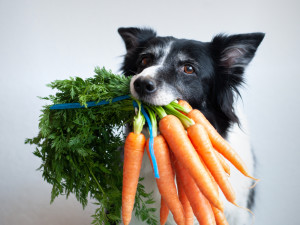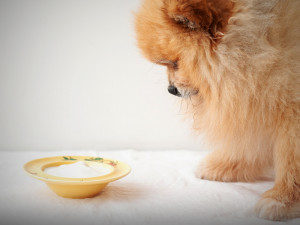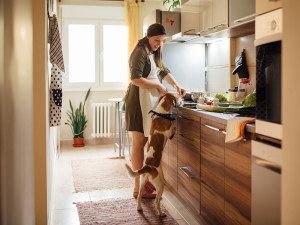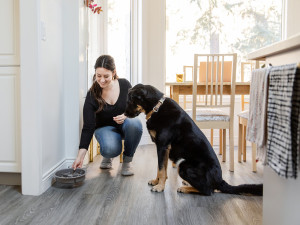3 Reasons to Cook Your Own Dog Food
Adding a DIY component to your dog’s meals is a great, nutritious option.
There are so many great dog food choices out there on the market, but if you’ve ever considered adding some DIY food to the mix (maybe even just to get your kibble to last longer), you definitely can. The reward? The life you change may be your beloved dog’s.
From their perspective, there are three major benefits to fresh food. For starters, it can be more palatable — even the fussiest of eaters will appreciate your efforts. You also have control over what goes into each meal so you can include higher-quality ingredients, like more protein or a greater variety of dog-safe fruits and vegetables.
Trick question: All dogs are perfect! But find out which type is the best fit for you.
Three reasons to make DIY dog food
1. Tools make cooking a breeze.
The variety of readily available kitchen tools and supplies makes canine meal prep easier. With the revolution in home cooking, there are more tech-driven devices and affordable chef-grade tools available now than ever before. Electric pressure cookers, sous vide equipment, food processors and digital scales have joined that old standby, the crockpot, in many kitchens. All of these tools make the job of food preparation easier, more precise, and more efficient.
2. The other food you buy can lost longer.
Even if you keep buying your dog their favorite brand, adding some homemade food to the mix can keep your supply from running out (and you from having to run to the pet store so much). Talk to a veterinary nutritionist about adding some homemade food into your pup’s daily diet, and see what they recommend.
How much do you spend on your pet per year?
3. Whole ingredients are a great addition.
Many foods, like carrots, sweet potatoes, and green beans, are great for your dog to consume and add necessary vitamins to their daily intake. You should always consult an expert before adding these things into your pup’s diet, and they can advise what might be best for your specific dog.
Good news (and a few minor caveats)
So, is fresh homemade dog food worth it? First, let’s disprove some major misconceptions. Home-cooked meals absolutely can be nutritionally balanced and complete. While it’s true that dogs require a balance of protein, carbohydrates, fats, vitamins and minerals, this can all easily be included at home.
And despite the common belief, changing a dog’s diet does not have to be hazardous. Most dogs can tolerate some variety or at least subtle variations of food. Adding home-cooked components to your dog’s diet as toppers, a small secondary meal, or a combination of fresh food and kibble is a great way to incorporate new, nutitious ingredients into their diets.
However, there are a couple of caveats. Like people, some dogs are sensitive to specific ingredients, most often protein sources, which is why it’s a good idea to start with a simple ingredient list. If your dog develops itchy ears, excessive scratching or diarrhea (or other signs of GI upset), it will be easier to identify the culprit. Additionally, if your dog is a senior, a puppy, or has a medical condition that requires a particular food regime — for example, pancreas or kidney issues — it’s best to consult with a nutritionist to devise a recipe plan.
Outside of these scenarios, cooking our dogs’ meals can be one of the most meaningful actions we can take to benefit their health and well-being. Plus, it’s very satisfying. Unlike human family members, our dogs never complain that their food isn’t picture-perfect or that it’s overcooked or too bland. Rather, they appreciate the extra-fresh ingredients, care and love put into each bite.
Disclaimer alert: This article is here to share information. But, much like pineapple on pizza, the topic may be controversial. Meaning, not all vets or pet professionals agree. Because every pet is a unique weirdo with specific needs. So, don’t take this as fact or medical advice. Talk things over with your vet when making decisions, and use your best judgment (about both your pet’s health and pizza toppings).
